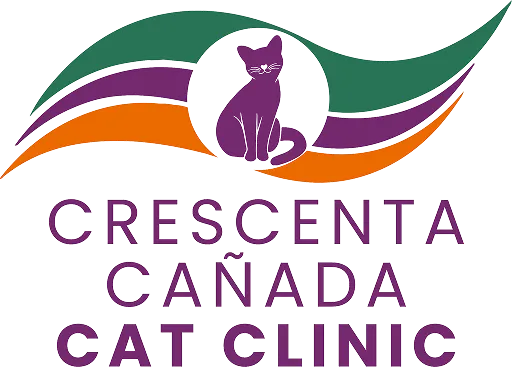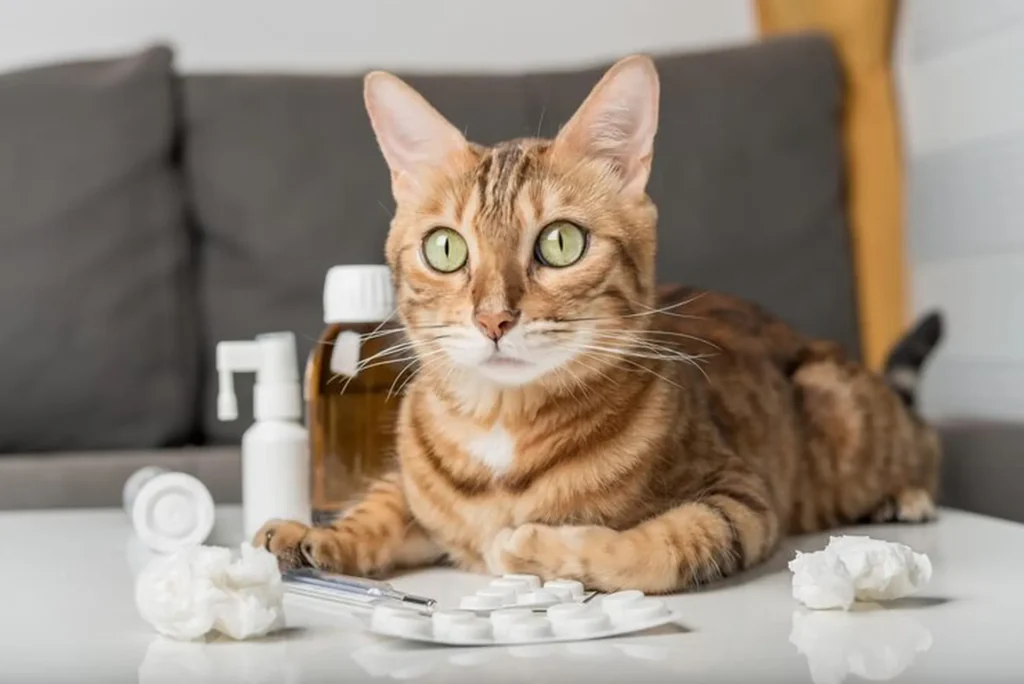By Crescenta Cañada Cat Clinic, La Crescenta, CA
When your veterinarian discovers a lump, bump, or unusual change in your pet’s body, one of the first steps in finding out what’s going on may be cytology. This quick and minimally invasive diagnostic test can provide valuable insights into your pet’s health — helping your veterinary team make informed decisions about treatment and care.
What Is Cytology?
Cytology is the microscopic examination of cells collected from your pet’s body. By looking closely at how these cells appear — their size, shape, color, and structure, as well as how they interact with neighboring cells — veterinarians can often determine whether a problem is due to inflammation, infection, or neoplasia (abnormal tissue growth).
This examination gives veterinarians important information about what’s happening inside your pet, even from a small sample of cells
Cytology – General
When Is Cytology Performed?
Cytology isn’t just for investigating “lumps and bumps.” While it’s commonly used for evaluating masses found on the skin or under the surface, it’s also useful for examining:
- Internal organs such as the liver, lungs, lymph nodes, and kidneys
- Body fluids, including joint fluid or fluid build-up in the chest or abdomen (effusions)
- Various body surfaces, like the mouth, ears, eyes, respiratory passages, or skin
By analyzing these samples, veterinarians can often pinpoint the cause of the problem quickly — without the need for surgery or more invasive procedures
Cytology – General
What Information Can Cytology Provide?
Cytology helps determine whether an issue is inflammatory or neoplastic:
- Inflammatory conditions may be caused by bacteria, parasites, fungi, allergies, or even foreign materials.
- Neoplastic changes can reveal the presence of a tumor, helping your veterinarian assess whether it’s benign (non-cancerous) or malignant (cancerous).
This information guides the next steps in your pet’s care. For example, if cancer is suspected, your veterinarian may recommend X-rays, ultrasounds, or biopsies to see whether the disease has spread and to plan surgery or treatment options
Cytology – General
How Are Cells Collected?
There are several safe, quick, and relatively painless methods for collecting cells for cytology:
- Fine Needle Aspiration (FNA): The most common technique, where a small needle and syringe are used to collect cells from a mass or organ.
- Skin scraping or tape prep: Used for flaky or bald areas of skin to gather surface cells.
- Impression smears: Pressing a glass slide against an open sore or lesion to collect material for examination.
- Swabs: Used to collect samples from areas such as the ears, eyes, or nasal passages.
- Lavage or flush: A sterile fluid is washed through an area (like the trachea or nasal passage) to collect cells for analysis
Cytology – General
The diagram on page 2 of the original document illustrates how fine needle aspiration is used to extract cells from a lump for microscopic examination — a simple and effective way to gain valuable diagnostic information.
Advantages of Cytology
Cytology offers many benefits:
- Minimally invasive – No surgery or deep sedation is typically required.
- Fast results – Many cytology samples can be examined the same day.
- Cost-effective – Provides valuable diagnostic information with minimal equipment or expense.
- Helpful even when not definitive – Even if the exact diagnosis isn’t reached, cytology often narrows down the possibilities, guiding further testing or treatment
Cytology – General
.
Limitations of Cytology
While cytology is highly useful, it does have some limitations. Sometimes, the sample may not include enough cells — or the most diagnostic cells — to tell the full story. Additionally, some tumors may appear benign under the microscope but behave malignantly, and vice versa
Cytology – General
.
When cytology is inconclusive or indicates a potentially serious issue, veterinarians often recommend histology — a more in-depth examination of surgically collected tissue samples. Histology provides a complete view of the tissue’s structure and is considered the gold standard for diagnosis.
The Bottom Line
Cytology is a simple yet powerful diagnostic tool that helps veterinarians uncover what’s happening inside your pet’s body. Whether identifying an infection, inflammation, or cancer, this test provides vital information that guides treatment decisions — often with minimal stress to your pet.
If your cat or dog develops a new lump, bump, or area of concern, our team at Crescenta Cañada Cat Clinic can help determine whether cytology is the right next step.



